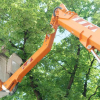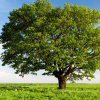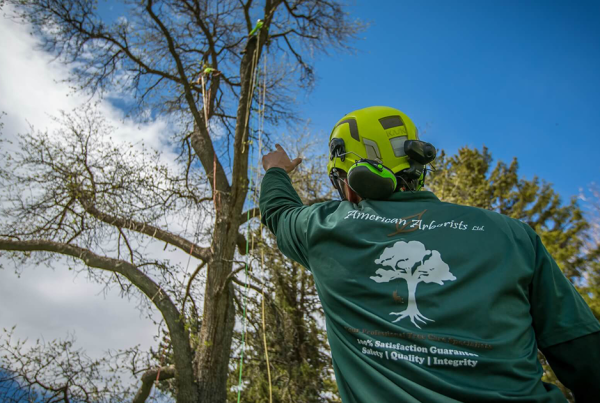
What to Do to Help Repair Damaged Trees Caused by Ice and Snow
Heavy snowstorms, strong wind gusts, and ice formations during the cold winter months can really do a number on your property. Cars parked on the streets could be covered in snow by morning. But one of the most common problems encountered by property owners during winter is the damage that is sustained by trees, shrubberies, and other plant life in the property.
When a property owner encounters snow damaged trees, his first instinct is to grab a chainsaw and cut down the branch or limb that sustained the damage. This is not always the best idea, however. After a heavy snowstorm, if you want to check what kind of damage your trees have received from the night before, there are few things you need to consider doing, for safety purposes.
Useful Tips for Dealing with Snow Damaged Trees after a Snowstorm
Tip #1: Carefully Assess the Surrounding Area
Before you start clearing fallen branches and tree limbs, make sure that you check the surrounding area first. Safety should always be your number one priority. In situations like this, broken branches and limbs may hit utility lines such as power, telephone, and cable. You need to assess the area and render it safe before doing anything else.
Tips #2: Check the Damaged Portion of the Tree
Don’t go near or start climbing the tree. There could be branches or limbs that are merely hanging by a thread. A slight gust of wind could easily dislodge it. The last thing you want is a broken tree branch falling on top of you.
Sometimes, trees and shrubs tend to bend under the sheer weight of ice and snow. Don’t panic. As long as the main branch and major limbs of the tree are not broken, and 50% or more of the crown is undamaged, the tree can still recover.
Tip #3: Keep Your Cool When Dealing with Snow Damaged Trees
Instead of rushing to remedy the broken tree branches, you need to be patient. During a snowstorm, or in the following days immediately after the storm, there’s actually very little you or anyone can do to help the tree at this point.
You can, however, start to remove any potential hazards to pedestrians, such as broken branches that you can easily reach. Using a ladder at this point can be dangerous. So avoid using ladders or climbing the tree, for that matter.
If there are broken branches high up in the tree, just put a sign under it to warn passersby. Save the more serious decisions for later. The key is to focus on tree recovery rather than chopping it down and feeding it to the wood chipper.
Tip #4: Carefully Remove Easy-to-Reach Broken Branches by Pruning
A few days after the snowstorm that damaged some of your trees, you can start the pruning process to remove the affected parts of the tree. However, you need to be careful not to over-prune. Most people tend to over-prune their trees to remove the damaged portions and to balance the look of the tree.
You need to remember that the goal at this point is not about appearance, the goal is to help the tree to fully recover. After the pruning process, the tree might look a bit awkward or uneven, but trees grow quick. And before you know it, new foliage will soon occupy the bare areas of the tree and it will look vibrant and healthy once again.
Tip #5: Don’t Hesitate to Seek Professional Help (for the tree, not you)
Getting professional help is probably the best way to deal with trees that are damaged by cold winds, snow, and ice. The term professional is not used loosely here, though. Just because you have a guy with a chainsaw, a pair of work gloves, a hardhat, and a pickup truck doesn’t mean that he’s a tree care professional.
What you want is to find a reputable Arborist or tree care company in your area. Jobs like this require up-to-date methods and expertise that not a lot of people can handle. Plus, if you blindly rely on those without proper credentials, there’s a pretty good chance you will regret your decision later on.
In the event of an accident occurring in your property, you will most likely be held liable if the company you hire has no insurance. So be careful when seeking professional help.









